The Golden Benefits of Physical Activity for Seniors
- Introduction
- Top 10 Benefits of Physical Activity
- Benefits for Seniors
- Long-Term Gains from Regular Exercise
- Not Just Physical – The Mental Perk
- Conclusion
- FAQs
Introduction
Physical Activity – we’ve all heard the phrase, but do we really understand its depth, especially in our golden years?
Ah, retirement! The time when you can take up salsa dancing or chase after your grandkids without a care in the world. But, did you know that shaking a leg or playing tag can do wonders for your ?
That’s right! The benefits of physical activity, especially for seniors, are numerous and varied. So, let’s get into why you might want to swap that afternoon nap for a brisk walk or a swim. Structured exercise routines, designed for older adults, can help you stay active, improve mobility and maintain independence. Many seniors also benefit from joining exercise programs, which offer safe, guided activities in community or group settings.
These benefits are especially important as we age, to mitigate age-related decline and support a better life.
Top 10 Benefits of Physical Activity
Cardiovascular Health:
Your heart isn’t just for loving your family; it’s the engine that keeps you going. Exercise regularly strengthens the heart and regulates blood pressure, reducing the risk of heart diseases like heart disease and cardiovascular disease. Think of it as giving your heart a workout to keep it pumping well.
Exercise regularly is key to heart health.
Bone Density:
Bones, like any other part of our body, need exercise to maintain bone health. Engage in weight-bearing activities like walking or lifting weights – including strength training, resistance training and bodyweight exercises – to combat osteoporosis and reduce the risk of fractures. These activities prevent bone loss and support bone health as we age.
Next time you lift your grandchild, remember you’re doing your bones a favour too!
Muscle Strength:
Muscle strength is crucial for independence and mobility as well as preserving muscle mass as we age. Exercise regularly so you can carry groceries, climb stairs and play with your grandkids without getting winded.
To maintain muscle mass and function, do muscle strengthening exercises like resistance training at least twice a week.
Flexibility:
Remember when you could touch your toes without groaning? Regular stretching exercises can improve flexibility and flexibility exercises are especially beneficial for older adults, making daily tasks easier and preventing injuries.
Weight Management:
Oh, the retirement pounds! Regular physical activity plays a vital role in managing weight and maintaining a healthy weight, which is essential for overall well-being and mobility. As metabolism naturally slows with age, staying active helps burn calories, reduce excess body fat, and prevent obesity-related health issues. Maintaining a healthy weight is not only about appearance—it significantly reduces the strain on your joints, lowers blood pressure, and decreases the risk of chronic diseases such as diabetes, heart disease, and stroke.
Engage in moderate physical activity like brisk walking, swimming, or light aerobic exercises to support healthy weight management and promote cardiovascular health. Combining aerobic exercises with strength training and resistance bands can further enhance muscle mass and metabolism, making it easier to keep the weight off. Additionally, these exercises help preserve muscle mass that tends to decline with age, which is crucial for maintaining a healthy body composition.
For seniors, adopting a balanced approach that includes both physical activity and mindful eating habits can maximize weight management benefits. Even small increases in daily activity, like gardening or taking the stairs, can contribute to better weight control and overall health.
Better Sleep:
Tossing and turning at night? Exercise can be a natural remedy to improve your sleep quality. Regular physical activity helps regulate your sleep-wake cycle, making it easier to fall asleep and stay asleep throughout the night. Good sleep is essential for memory consolidation, mood regulation, and overall physical health.
Engaging in moderate physical activity, especially earlier in the day, can reduce symptoms of insomnia and promote deeper, more restorative sleep. Activities like walking, tai chi, or water aerobics can be particularly beneficial for older adults, as they are gentle on the body while still effective. Avoid vigorous physical activity close to bedtime, as it may have the opposite effect and interfere with falling asleep.
Better sleep contributes to improved mental health, enhanced cognitive function, and increased energy levels during the day, helping you enjoy your golden years to the fullest. Establishing a regular exercise routine can also reduce anxiety and depression symptoms, which often disrupt sleep patterns in older adults.
Mental Clarity:
Exercise isn’t just for the body; it’s for the mind too. Regular physical activity can sharpen your mind, improve concentration and cognitive functions. Plus, exercise contributes to better mental health by boosting mood, reducing stress and lowering the risk of depression.
Mood Booster:
Feeling down? Why not give exercise a try? Any form of exercises help release endorphins, which is considered as the body’s natural mood lifters. So, next time you’re feeling blue, a short walk might just be what you need.
Chronic Disease Management:
Conditions like diabetes or arthritis can be managed better with exercise, as well as other chronic illnesses and chronic conditions. It helps control blood sugar levels and improve joint mobility. Exercise is safe for most medical conditions but always consult a healthcare professional before starting a new exercise routine.
Longer Life:
Want to add more years to your life? Exercise can increase longevity so you have more time to create memories with your loved ones.
Benefits for Seniors
Adaptable Activities:
From water aerobics to chair yoga, there are activities designed for seniors. These exercises are low-impact so they’re easy on the joints and still provide all the benefits.
Joining group exercise classes can help you make new friends and strengthen social connections which is important for emotional well-being. Participating in a walking group also offers social engagement and sense of purpose while supporting physical and mental health.
Safety First:
Always remember to put safety first, especially since older adults are more prone to falls and injuries. Choose exercises that are easy on the joints and always consult with a healthcare professional before starting a new exercise routine. Exercise can reduce the risk of falls and manage the increased risk of injuries that comes with aging. Certain exercises like balance, strength and flexibility training can prevent falling and minimize the risks of falls for older adults.
Mental Acuity:
Regular physical activity can combat age-related cognitive decline. Activities like dancing or tai chi require coordination which can sharpen the mind.
Regular exercise has also been shown to reduce the risk of dementia and Alzheimer’s disease by supporting cognitive health and lowering the incidence of these conditions in older adults.
Long-Term Gains from Regular Exercise
Building a consistent exercise habit becomes even more valuable as we age. The benefits of exercise truly compound over time, leading to better physical health, improved mental health, and an overall enhanced quality of life for aging adults. Whether you’re just starting out after a long break or dealing with medical conditions, it’s important to begin slowly and consult your GP before embarking on any new exercise routine. Remember, even light to moderate physical activity can make a significant difference in your health.
Regular exercise not only helps maintain muscle strength, bone health, and cardiovascular fitness but also plays a crucial role in managing chronic diseases common in older people, such as diabetes, heart disease, and arthritis. Staying physically active can improve balance and coordination, which reduces the higher risk of falls that many seniors face. This combination of benefits supports independence and mobility well into old age.
Beyond the physical perks, there are financial benefits too. By staying active, you may reduce medical bills through fewer doctor visits and hospitalizations—more money saved for that dream vacation or simply to enjoy life’s pleasures.
Not Just Physical – The Mental Perk
Exercise is a powerful mood booster and an effective natural stress buster. There are many benefits tailored to a regular physical activity as it helps releases endorphins, those feel-good chemicals that help reduce anxiety and depression. For older Australians and seniors worldwide, maintaining mental health is just as important as physical health, and exercise plays a vital role in this balance.
Physical activity also supports immune function, helping to prevent illness and keep you feeling your best. Engaging in aerobic exercise, strength training, or even gentle activities like tai chi can enhance cognitive function, helping to slow down age-related cognitive decline and reduce the risk of dementia and Alzheimer’s disease.
Perhaps one of the most rewarding benefits is the confidence boost that comes from achieving personal fitness goals. Feeling stronger, more energetic, and mentally sharp can inspire a sense of accomplishment and motivate you to keep moving forward on your wellness journey.
So, next time you’re feeling low or stressed, remember that a simple walk, some stretching, or a fun group exercise class can lift your spirits and improve your well-being in a natural and enjoyable way.
Conclusion
The golden years are meant to be enjoyed to the fullest. Embracing physical activity can help you make the most of this time, enjoy the benefits that come with being , happy and active.
So, what are you waiting for? Put on those sneakers and take the first step towards a healthier, happier you.
Remember, every journey begins with a single step. Whether it’s a walk in the park or a dance class, the benefits of physical activity are too good to ignore.
So, get moving, stay golden and enjoy the many benefits that come with being active in your golden years.
Frequently Asked Questions
What are the top benefits of physical activity for seniors?
The top benefits include improved cardiovascular health, enhanced muscle and bone strength, better balance and coordination, reduced risk of chronic diseases and improved mental well-being.
For recommended activity levels and safety tips, refer to the physical activity guidelines provided by organizations such as the Department of Health and Human Services and other human services agencies.
How often should seniors exercise?
It’s recommended that seniors aim for at least 150 minutes of moderate-intensity aerobic activity every week, plus muscle-strengthening activities on two or more days a week.
How often should seniors exercise?
Yes, low-impact exercises like walking, swimming, tai chi and yoga are especially good for seniors. They offer the benefits of physical activity without putting too much strain on the joints.
What are some of the mental benefits of exercise?
Exercise can improve mood, reduce feelings of depression and anxiety, enhance cognitive function and even boost memory and brain health.
I have certain health conditions. Is it safe for me to exercise?
Always consult with a healthcare professional before starting any new exercise program. They can give you advice tailored to your specific health conditions and needs.
Can physical activity help with arthritis or joint pain?
Yes! Regular movement can keep joints flexible, reduce pain and strengthen the muscles around the joints. But always choose low-impact exercises and listen to your body.
I haven’t exercised in years. Isn’t it too late to start now?
Always consult with a healthcare professional before starting any new exercise program. They can give you advice tailored to your specific health conditions and needs.
How can I stay motivated to exercise?
Set small goals, find a workout buddy, join a class or mix up your routine to keep things interesting and motivate you to stay active.
Are there any precautions seniors should take when starting a new exercise?
Yes, start slow, warm up before any activity, stay hydrated, wear proper footwear and listen to your body. If something doesn’t feel right, stop and consult a professional.
Can physical activity help with sleep for seniors?
Yes, regular physical activity can help you fall asleep faster, sleep deeper and wake up feeling more refreshed. But try not to do vigorous activity close to bedtime as it might have the opposite effect.

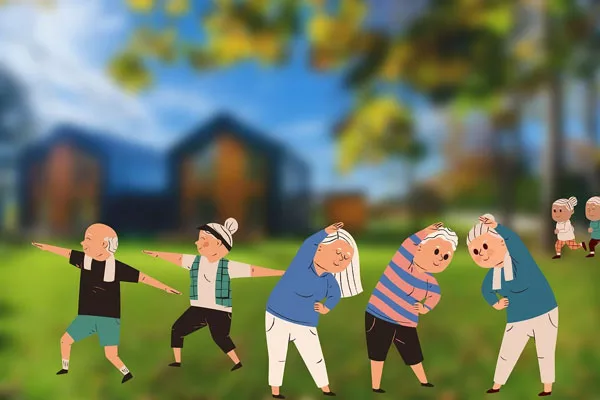
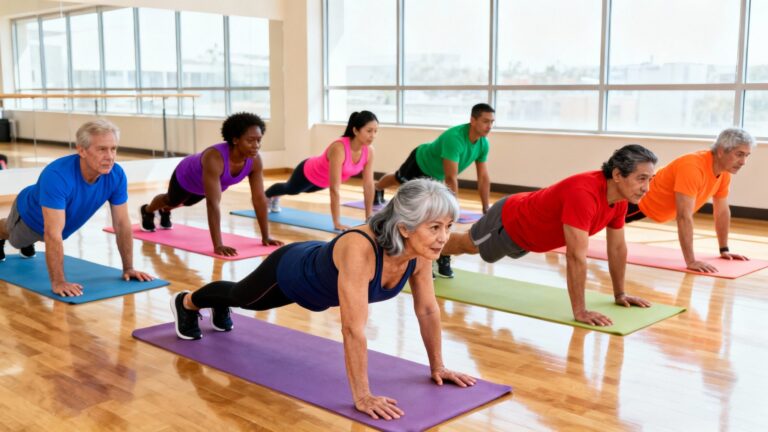
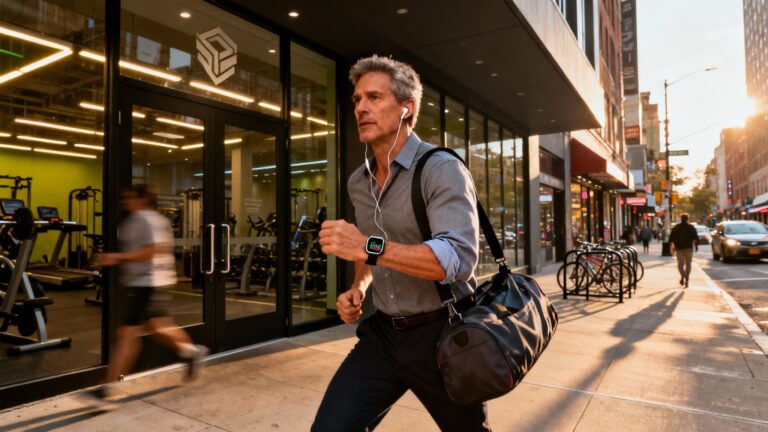
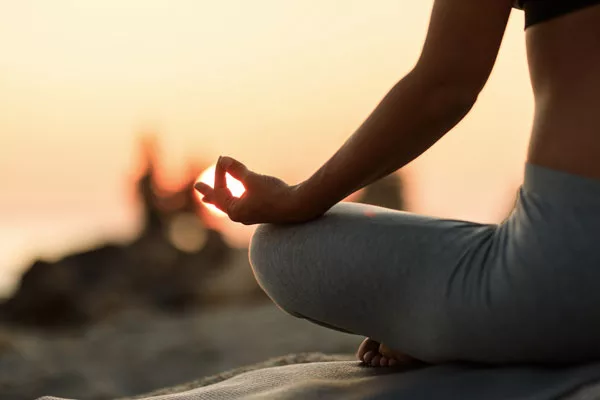
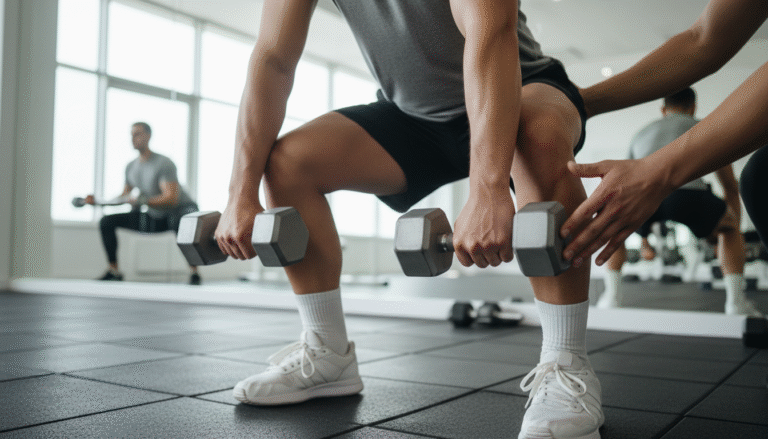
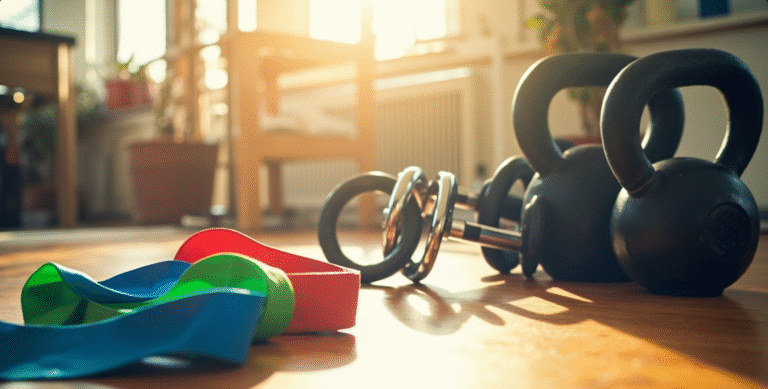
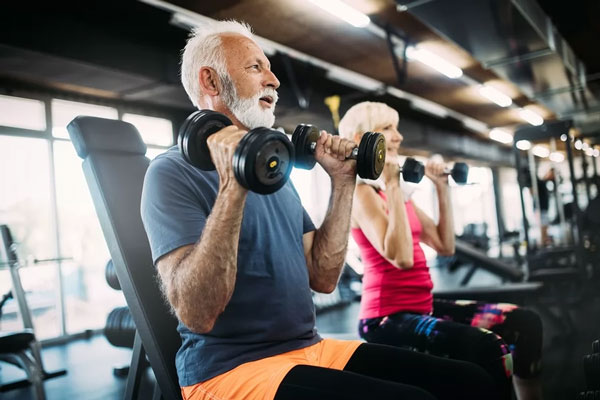
One Comment
Comments are closed.